| 2003 |

|
YEAR BOOK |
Enterprise Ireland - Informatics Research Initiative
|
Informatics Research Initiative
|
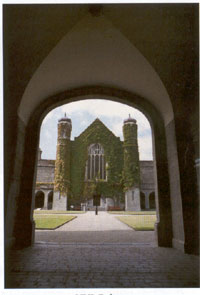
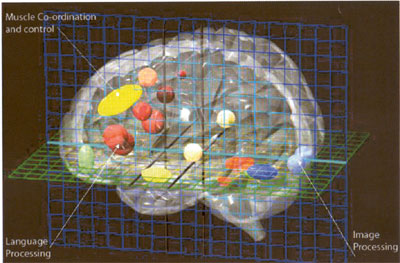
NEW INFORMATICS PROJECTS
The field of multimodal signal processing covers a wide range of activities and applications, including the recognition and interpretation of spoken, written and gestured languages, computer vision, and the automatic indexation and management of multimedia documents. The aim of the Intelligent Information Systems based on Multimodal Signal Processing project, under the direction of Dr Richard Reilly at the Department of Electronic Engineering in UCD, is to learn and build from the way that human beings naturally fuse information from different sources, and to design, develop and evaluate multimodal signal processes for use in key ICT applications such as medical diagnosis, biometrics and human computer interfaces.
The Linked Objects and Events for User-Driven Video Retrieval (L'OEUVRE) project is being carried out at the Centre for Digital Video Processing, DCU, under the direction of Professor Alan Smeaton. The L'OEUVRE system will support both search and hyperlink-based browsing of digital video content using one of the world's first MPEG-7 compliant digital media asset retrieval systems. L'OEUVRE will provide new techniques for indexing, matching, and search and browsing of digital video content based on automatic identification, tracking and linking of objects and events appearing in digital video. This will enable a new type of interaction between people and digital video repositories and will greatly improve access to and retrieval of information from digital video libraries.
Dr Gu�nol� Silvestre and Dr Neil Hurley of the Department of Computer Science at UCD are the principal investigators of a project in Third Generation Watermarking and Data-Embedding for the Management of Multimedia Systems (3GMARK). The 3GMARK initiative is concerned with the development of secure and robust data-embedding technology for use in multimedia applications such as video or audio copy protection, video broadcast monitoring, and multimedia database indexing. The project will build on recent basic research at the Information Hiding Laboratory at UCD that investigated the use of non-linear detection schemes for watermarking, with the aim of achieving higher performance, greater security and robustness.
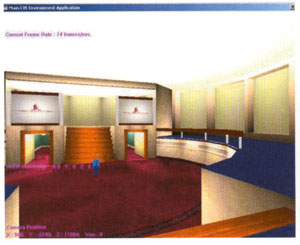
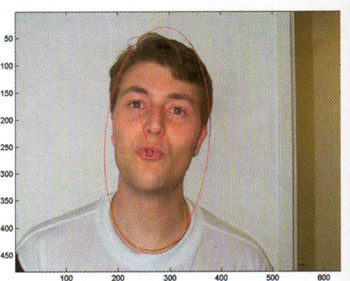
|

|
The I-SPY: Intelligent Search and Presentation System project, led by Professor Barry Smyth of the Department of Computer Science at UCD, seeks to solve many of the problems associated with modern search engines by providing an intelligent post-processing layer for conventional search engines. The paradox of the information age is that users are finding it increasingly difficult to benefit from the direct access to unprecedented amounts of information. It is often not possible to find the right information at the right time, thus making it difficult to profit fully from the information revolution. I-SPY will transform a general search engine into a more specialized search engine that services the needs of a specific community of users.
The Performance Optimisation of Components project represents a collaboration between Dr John Murphy of the Department of Electronic Engineering at DCU and Dr Liam Murphy of the Department of Computer Science at UCD. The goal of the project is to optimise the performance of component based middleware systems. The project aims to develop a prototype tool that will allow developers of component-based systems to optimise various design, deployment and runtime characteristics of their systems. The optimisations are targeted at improving the overall performance of software applications as perceived by end-users.
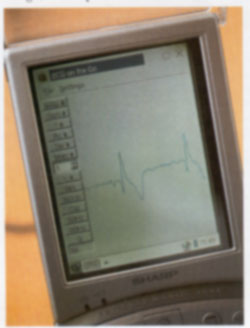
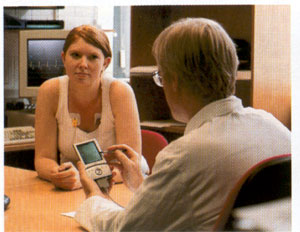
Streaming applications over the Internet are growing in popularity and it is envisaged that this will translate to the mobile Internet in due course. Users will likely want to receive continuous multimedia streams while they are on the move. The project A Multimedia Streaming Application for Evolving Heterogeneous Mobile Networks aims to provide adaptive video streaming technology for use in a heterogeneous mobile environment, where the user is moving from one network type to another. The project represents a collaboration between a team at the Department of Computer Science at UCD, led by Dr Liam Murphy, and a team at the Department of Electronic Engineering at DCU, led by Dr John Murphy.
The Distributed Sensing Systems of Autonomous Micro-Modules project, led by Dr Kieran Delaney at NMRC and Professor Cormac Sreenan of the Department of Computer Science at UCC, will provide a technology platform consisting of a network of distributed autonomous low power micro-sensors. This network of sensors will provide the capability to transform information from a large array of diverse sources into useful information. The purpose of the distributed micro-sensor system will be to provide dense data maps over relatively small areas. In order to maximise the usability of the system, advanced packaging technology will be used to miniaturise each sensor module. The target sensing-unit consists of a 5mm cube incorporating commercial-off-the-shelf (COTS) micro-sensors, ICs for signal processing, computation, and wireless communications, together with a power source.
Contact: [email protected] ; [email protected] ; [email protected]